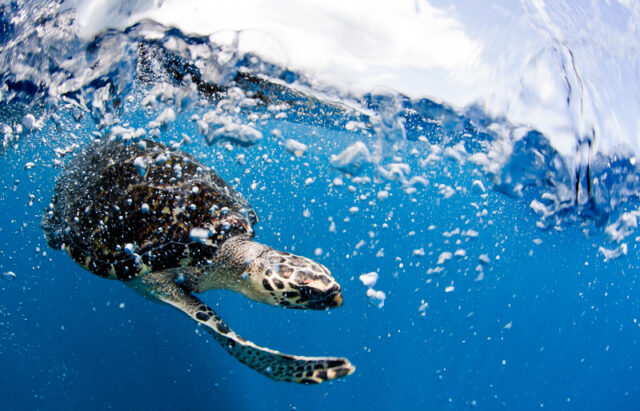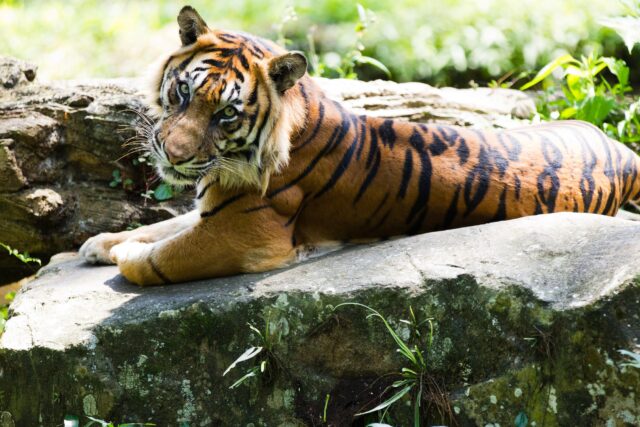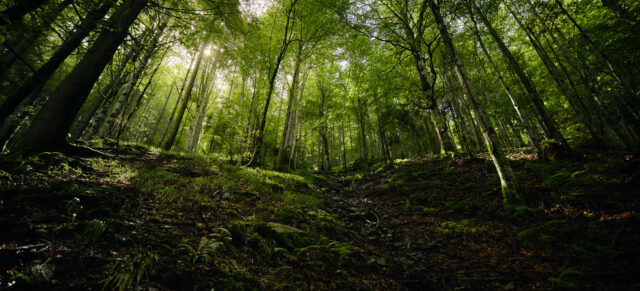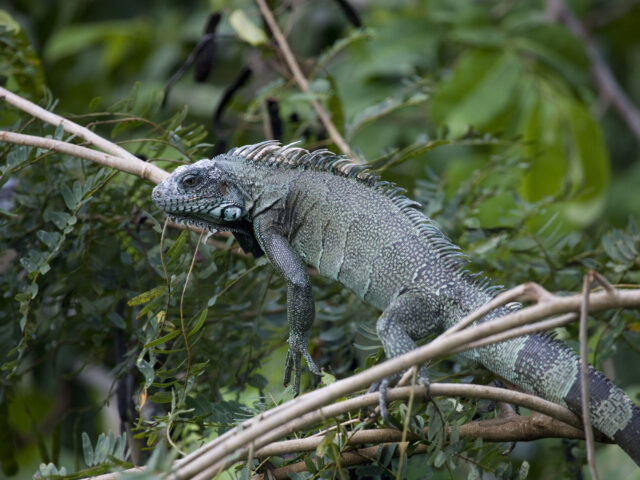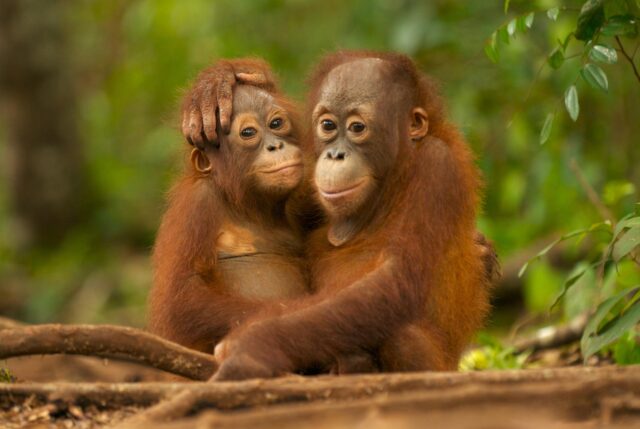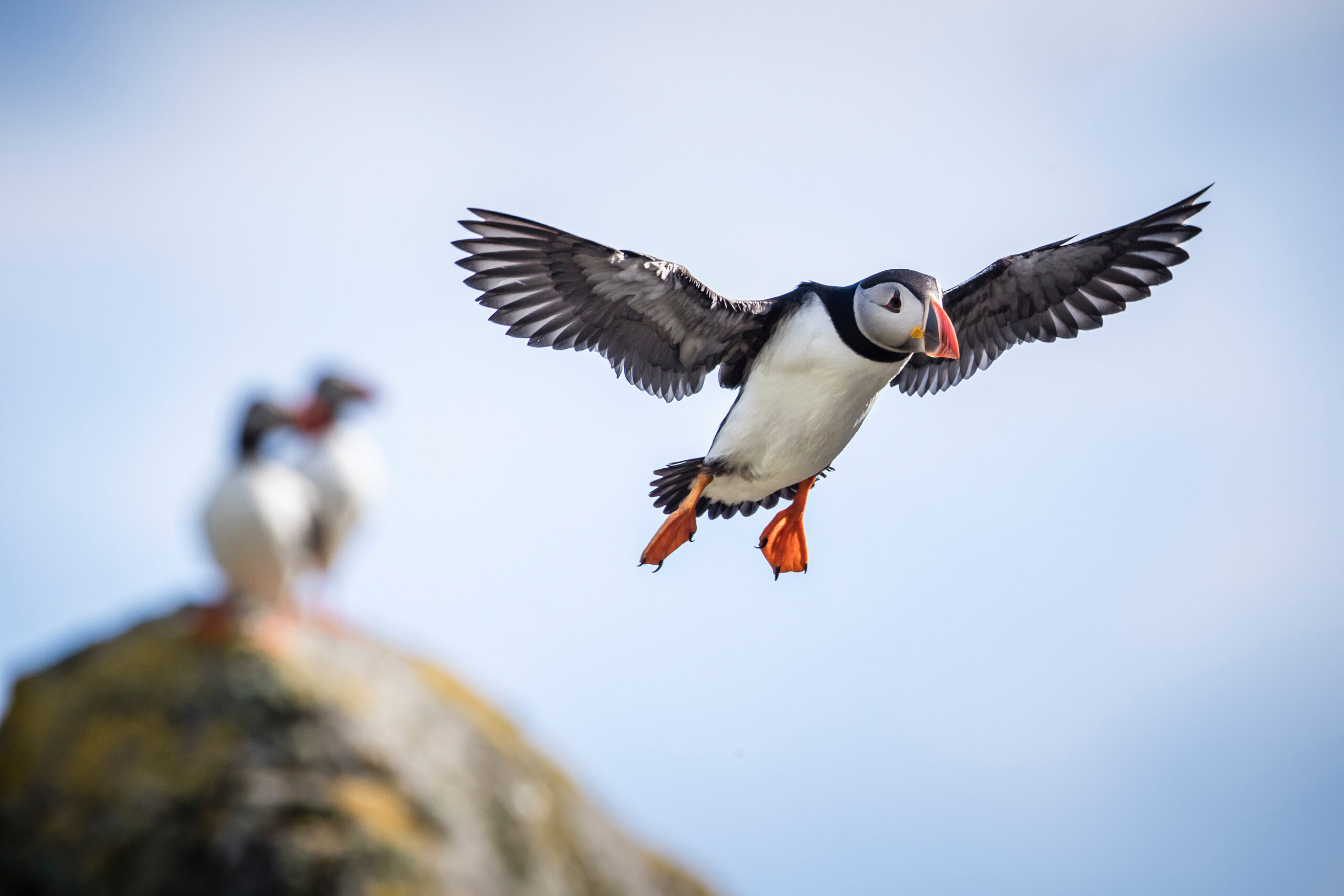
Puffins, often affectionately dubbed as the ‘sea parrots’ or the ‘clowns of the sea’, are enchanting little seabirds. Here are 9 fascinating facts about puffins and their marvellous, yet sometimes challenging, lives in the wild.
Most of the world’s puffins call Iceland home
Iceland is the puffin capital, home to 60% of the world’s Atlantic puffin population—roughly around 8-10 million seabirds. Apart from Iceland, puffins have a notably wide distribution, living on remote islands and rugged coastlines across the North Atlantic and North Pacific.
These stocky seabirds also venture into the Arctic Circle, ranging from Alaska to Russia and as far south as Maine and France. They typically spend a lot of time at sea, only returning to land during the breeding season.
There are three species of puffins in the world
Puffins are divided into three distinct species: the Atlantic puffin, the Horned puffin and the Tufted puffin.
The Atlantic puffin is found across the North Atlantic and is likely the first bird that comes to mind when you think of puffins. Known for its colourful beak and clown-like expression, it’s easily the most recognisable of all puffin species.
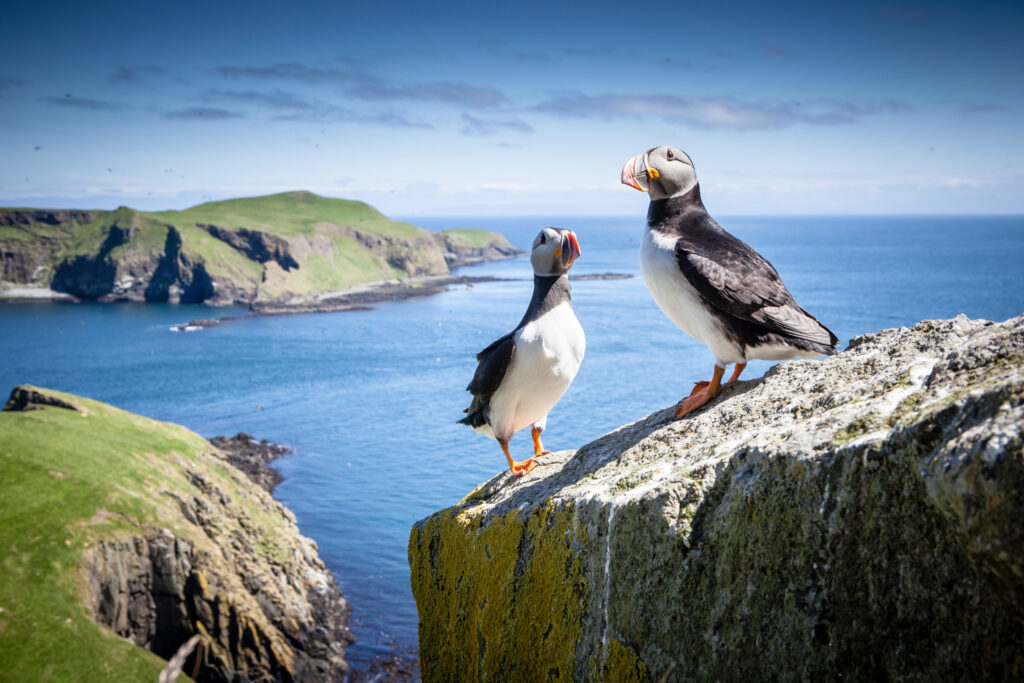
The Horned puffin, native to the North Pacific, can be recognised with its fleshy ‘horns’ above its eyes that give it a distinctive look. The Tufted puffin is also found in the North Pacific, but it has a slightly broader range, breeding from California to Alaska and from Siberia to Japan, and often ventures farther offshore during winter. It is known for its striking yellow feather tufts that add a touch of flamboyance to its comical appearance.

Take action to protect our oceans
Together we can take on ocean destruction and save our blue planet. See how you can get involved.
Puffins might be small, but they have remarkable beaks
Puffins are small seabirds, standing just 20 centimetres tall and weighing about the same as a can of Coke. However, they have a large, triangular-shaped beak that becomes even more vivid during the breeding season, displaying bright oranges, reds, and yellows. But it’s far more than decorative.
Puffin beaks are specially adapted with grooves and spines (denticles) that allow them to carry multiple small schooling fish at a time without dropping any. This is crucial for feeding their chicks during breeding season.
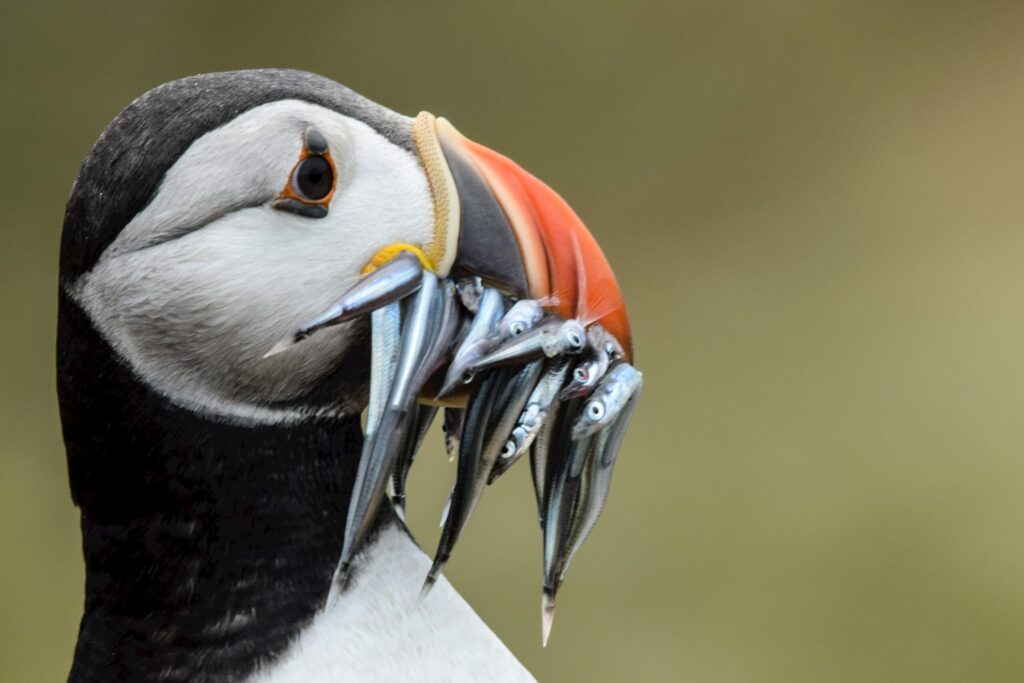
Puffins are perfectly adapted for life in the ocean
Puffins are truly adapted for life under water, capable of diving to impressive depths of up to 60 metres. Unlike most birds, puffin bones are solid, not hollow, which adds to their weight to submerge quickly.
They also have short wings that double as flippers, letting them zip through the water with remarkable speed and agility. And those webbed feet? Think of them as little paddles helping them steer and pick up speed when chasing after small schooling fish like herring and sand eels.
Puffins spend most of their lives floating in the sea
These small seabirds spend much of their lives out in the open oceans, bobbing on the ocean waves when resting or sleeping and diving for small schooling fish species—mostly alone but sometimes in pairs. They only return ashore to mate and nest during the spring and summer months.
Puffins prefer long-term, long-distance partners
Puffins often form monogamous bonds for many breeding seasons that can last up to 20 years. Each year, these devoted partners return to the same nesting site, often the same burrow, to raise their offspring. This homing instinct is amazing when you consider puffins have to navigate their way back after spending months far out at sea.
Their courtship is filled with unique rituals
Though they’re typically quiet at sea, these small seabirds become more social and vocal during the breeding season. They communicate with potential partners, or the same mate, using soft grunts, growls and coos.
The monogamous pair also perform a courtship duet called the ‘billing’, where male and female puffins rub their colourful beaks together in a gentle, rhythmic motion. This is often accompanied by bowing and soft grunting to further solidify their bond.
Apart from billing, their courtship displays involve wing flapping and tilting their heads in short sequences. This can appear choreographed, especially when both partners move in response to each other.
Puffins use purr-like calls to communicate with others
Puffins produce low growls or purr-like calls to help maintain bonds and assert territory when nesting in colonies. When agitated or defending their burrow, they may stamp their feet as a warning to deter threats or potential rivals.
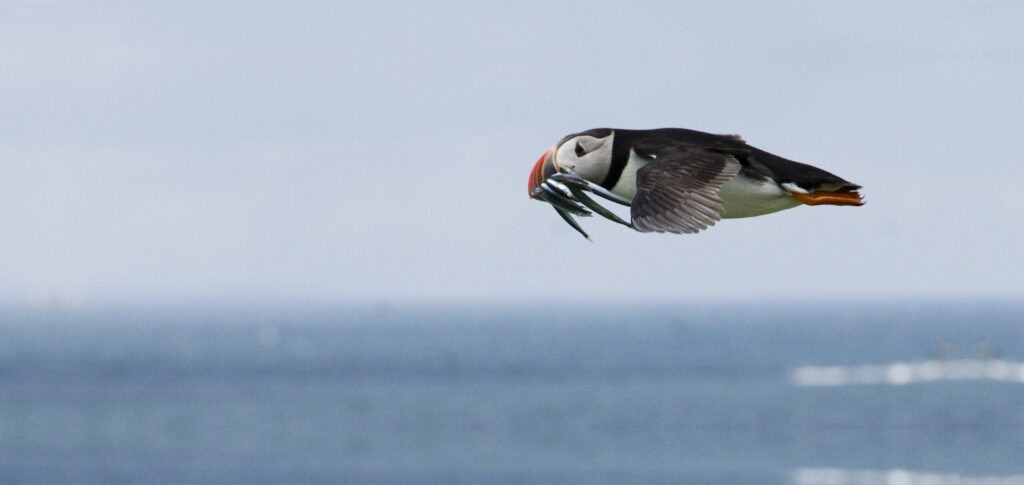
Puffins are vulnerable to climate change
Puffins face an uncertain future with our changing climate. Rising sea waters and shifting ocean currents are changing the abundance and distribution of critical food sources like sand eels, capelin, and herring.
Not only this, overfishing is depleting these vital fish stocks, disrupting entire marine ecosystems. This is forcing puffins to undertake longer foraging trips, often returning with smaller fish loads and lower-quality prey for their chicks.
If current trends in climate change and overfishing continue, this could lead to the collapse of nearly 90% of puffin colonies by 2050. In Iceland alone, the puffin population has declined by a staggering 70% since the mid-1970s, highlighting the urgent need for conservation efforts. Puffins are currently listed as ‘vulnerable’ species on the IUCN Red List,’ putting them at a high risk of extinction in the wild.
Immediate action is needed to fight climate change, enforce sustainable fishing practices, and reduce ocean pollution. Because protecting puffins isn’t just about conserving a species—it’s about preserving ocean health and the cultural heritage tied to these iconic little seabirds.

